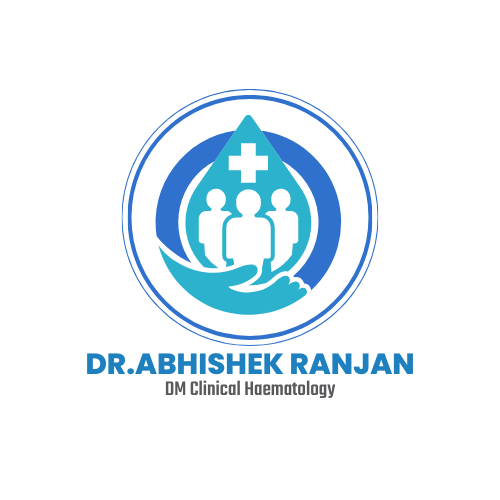
Leukemia

Overview
Leukemia is cancer of the body’s blood-forming tissues, including the bone marrow and the lymphatic system.
Many types of leukemia exist. Some forms of leukemia are more common in children. Other forms of leukemia occur mostly in adults.
Leukemia usually involves the white blood cells. Your white blood cells are potent infection fighters — they normally grow and divide in an orderly way, as your body needs them. But in people with leukemia, the bone marrow produces an excessive amount of abnormal white blood cells, which don’t function properly.
Treatment for leukemia can be complex — depending on the type of leukemia and other factors. But there are strategies and resources that can help make your treatment successful.
Symptoms
Leukemia symptoms vary, depending on the type of leukemia. Common leukemia signs and symptoms include:
- Fever or chills
- Persistent fatigue, weakness
- Frequent or severe infections
- Losing weight without trying
- Swollen lymph nodes, enlarged liver or spleen
- Easy bleeding or bruising
- Recurrent nosebleeds
- Tiny red spots in your skin (petechiae)
- Excessive sweating, especially at night
- Bone pain or tenderness
When to see a doctor
Make an appointment with your child’s doctor for an evaluation if he or she has any of the signs or symptoms of thalassemia.


